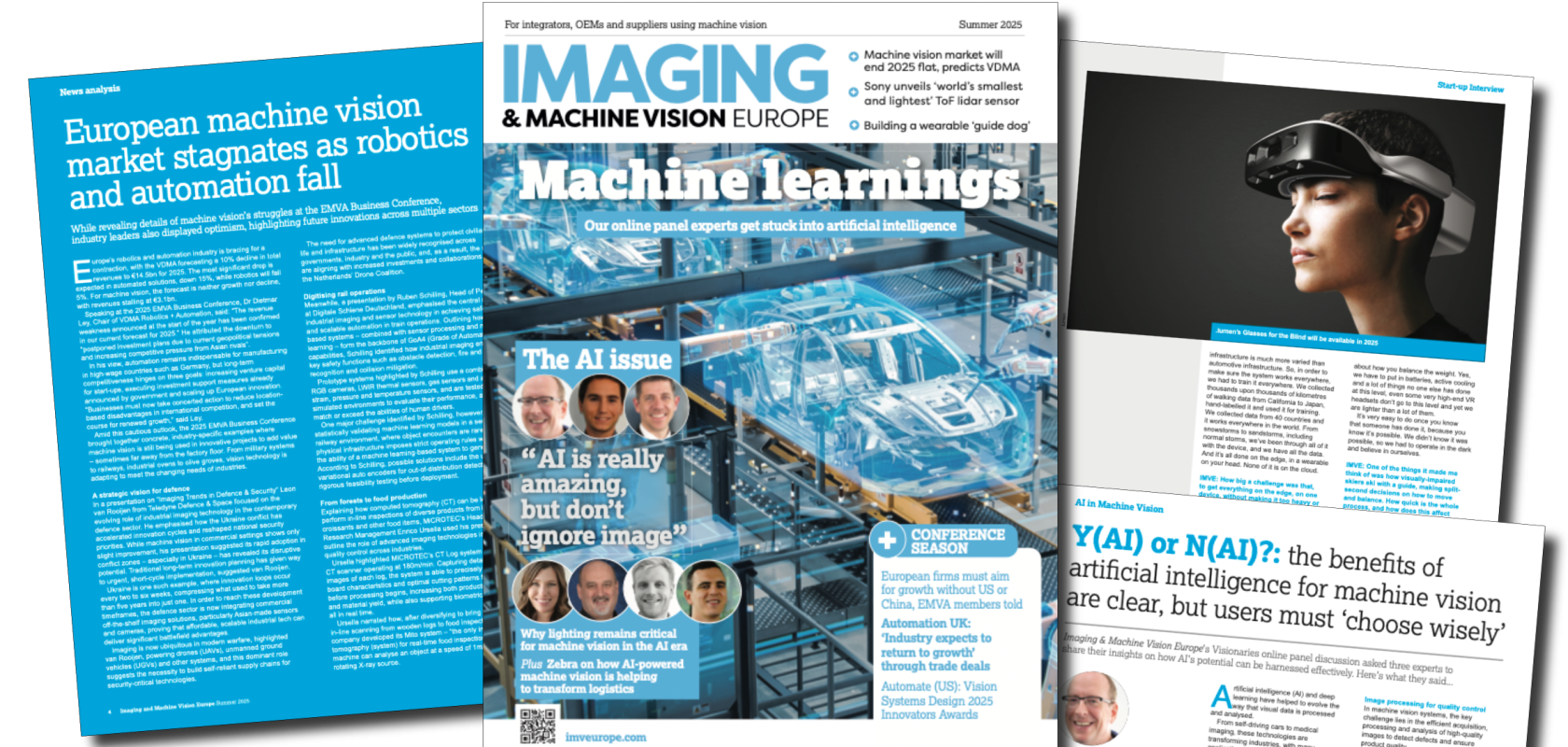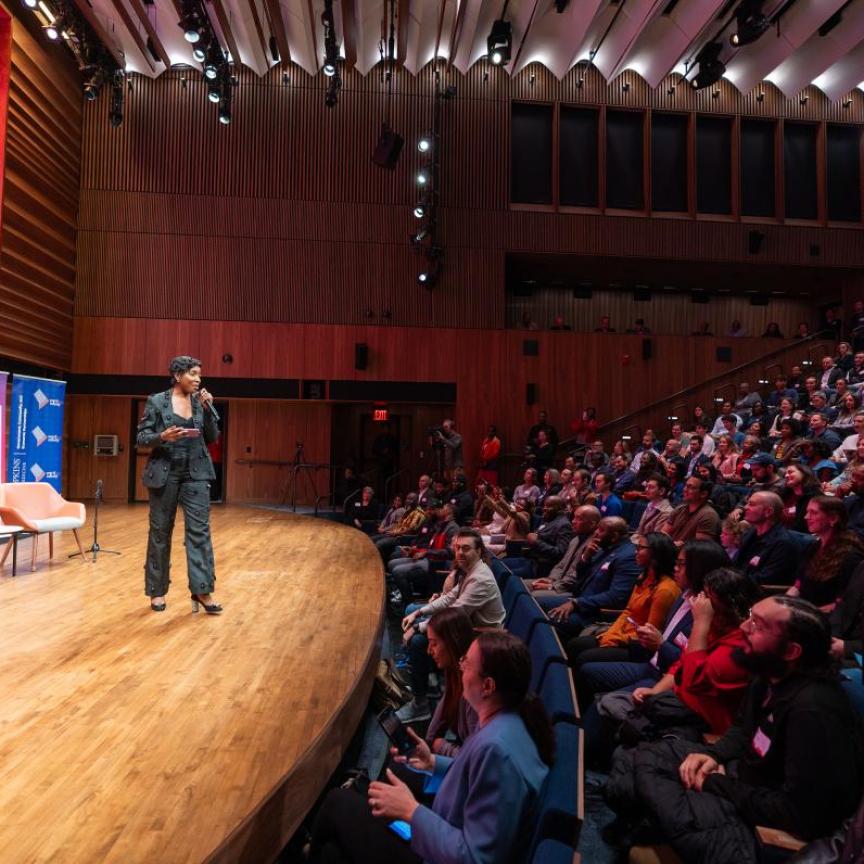As the optimism of spring fades into summer, the world of imaging and machine vision is starting to heat up. AI is growing smarter, lighting is proving ever more vital and politics continues to cast shade on Europe’s outlook.
In the latest Summer 2025 issue of Imaging & Machine Vision Europe, artificial intelligence is put under the spotlight. The special “AI Issue” dives into the technologies, strategies and hard-earned lessons shaping the next generation of machine vision systems. From Rome to robotics, lighting to logistics, the latest edition packs plenty of vision punch.
Rome wasn’t built in a day (but it did host EMVA in three)
While the prosecco was still sparkling in Rome for the 23rd EMVA Business Conference, the presented market forecasts were flat. Amid discussions of global tariffs, flatlining sectors and a cooling Chinese market, industry leaders debated how to continue growth.
AI + lighting a match made in machine vision heaven
Not everything is doom and gloom, though. As engineers explore innovative ways to fuse intelligent lighting with adaptive AI for smarter inspection systems, we heard the latest in two recent web panel discussions. Although the AI hype train is making no signs of slowing down any time soon, our panelists had to admit that even the most advanced neural network is useless without good lighting. As AI fever spreads, vision engineers would do well to concentrate on the basics, and high-speed, high-contrast, high-stakes inspections don’t forgive bad lighting, no matter how clever the algorithm.
Automation nations, from Birmingham to Detroit
Back over in event land, meanwhile, the Automate, Automation UK and Vision UK events all showed how far machine vision continues to push boundaries in AI, 3D sensing and robotics. Even as the economic forecast flickers, innovation across sectors like warehouse automation and factory vision systems burns bright.
Warehouse intelligence: AI, meet factory floor
In an exclusive interview with Zebra Technologies, we explore how AI-enhanced machine vision is remapping the warehouse – automating tasks like sorting, scanning and inspection with more speed, accuracy and intelligence than ever before. These systems don’t just see, they interpret, adapt and optimise. Allowing Zebra to build vision tools that detect anomalies, track inventory and make adjustments in real time, AI is not just automation, it’s full-on autonomy.
Smarter sensing, human impact: (dot)lumen’s wearable vision
AI isn’t just changing our factories, it’s changing lives. This Q&A with Romanian start-up (dot)lumen looks at how they’ve engineered a wearable vision system that acts like a guide dog. Built on real-time image sensing, AI and haptic feedback, the device interprets space and motion with accuracy. It’s a human centred application of industrial-grade vision technology – and a powerful reminder of what’s possible when imaging tech moves beyond the factory floor.
Smart vision needs smart thinking and smart lighting
Whether you’re building a wearable guide dog or inspecting microchips at Mach speed, don’t forget the fundamentals, because while AI may be re-writing what’s possible, physics still writes the rulebook. Don’t miss out on the next issue and subscribe today: https://www.imveurope.com/user/register


